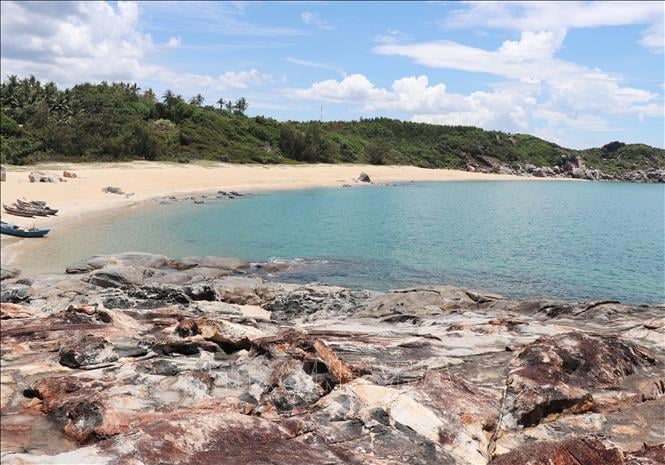
The salt field covers an area of about 10 hectares, located in Co hamlet, Long Thanh 2 village, Pho Thanh ward, Duc Pho town. The salt field is located between the sea on one side and the mountain on the other, 800m from the ancient Sa Huynh people's residence and 500m from the burial site. The ancient Sa Huynh people took advantage of the flat, solid rock foundation and the available seawater to make their own salt for daily use.
The tradition of making sea salt here has been continued from the Sa Huynh period to Champa and Dai Viet without interruption. Today, there are still a few households who are local residents in Co hamlet who still practice the salt making method of their ancestors.
According to research, Sa Huynh residents had three ways of making salt: the first was to dry seawater on rocks to create crystallized salt, the second was to boil seawater to make salt in ceramic pots, and the third was to make salt in the fields.
The technique of making salt on rocks in Xom Co, Long Thanh 2 village is very unique. Researchers continue to collect samples of artifacts using laboratory analysis methods to find the standard age of the salt making profession. The analysis can start from the shell samples collected in the salt fields or petrographic analysis to know the structure of the salt field's surface and the abrasion of the rocks. In addition, the chemical composition of the salt extracted on the rocks will also be analyzed, containing what elements. With a series of laboratory analysis samples, it contributes to clarifying and accurately concluding the age of the salt making area of prehistoric people.
Source: https://baodantoc.vn/phat-hien-noi-nguoi-sa-huynh-co-lam-muoi-1720757378154.htm


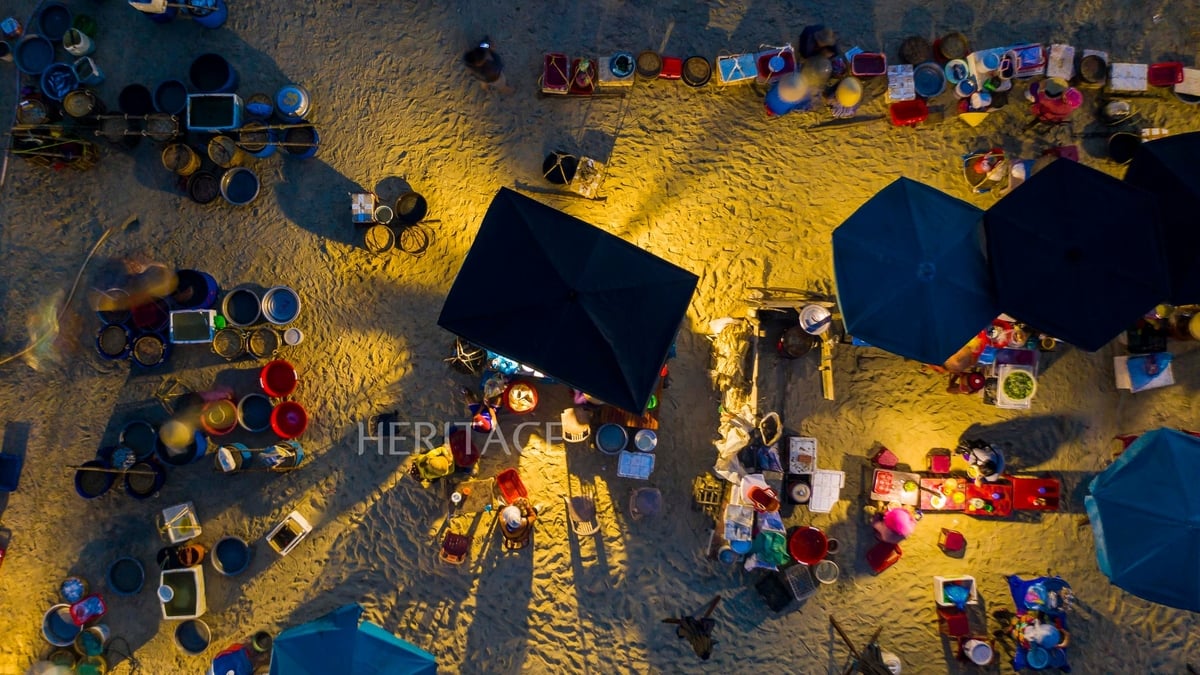



![[Photo] Prime Minister Pham Minh Chinh inspects the progress of the National Exhibition and Fair Center project](https://vphoto.vietnam.vn/thumb/1200x675/vietnam/resource/IMAGE/2025/5/19/35189ac8807140d897ad2b7d2583fbae)






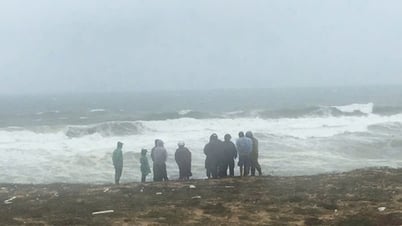


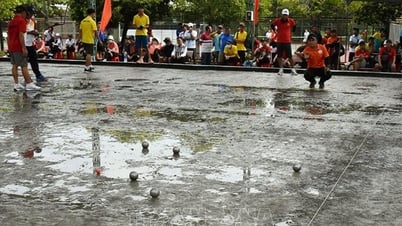
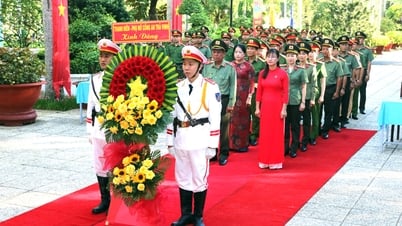


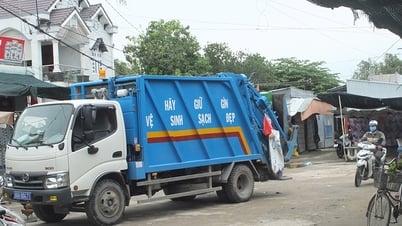







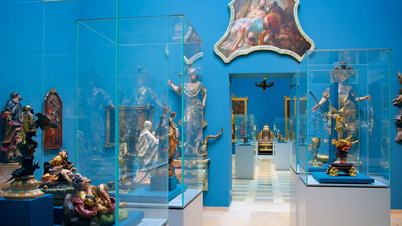









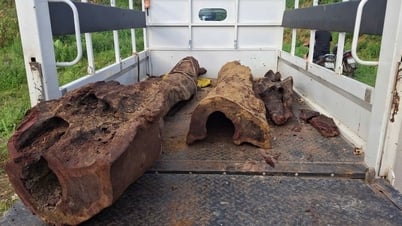

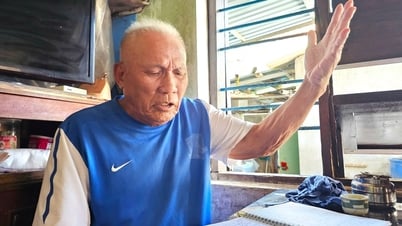
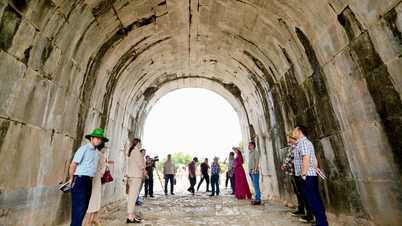











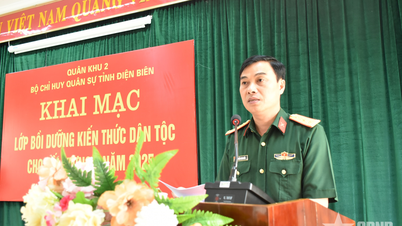











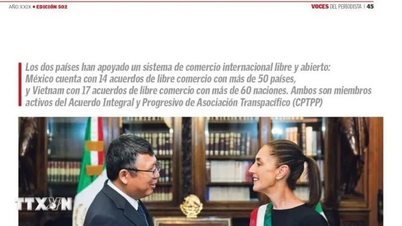
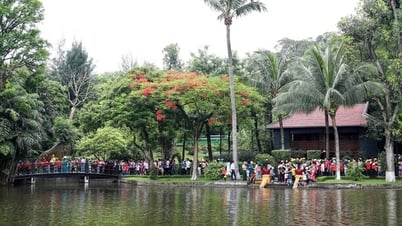


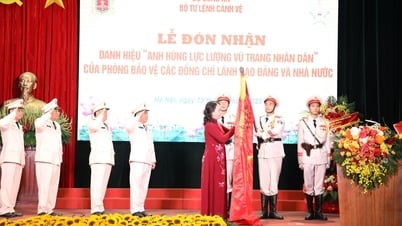



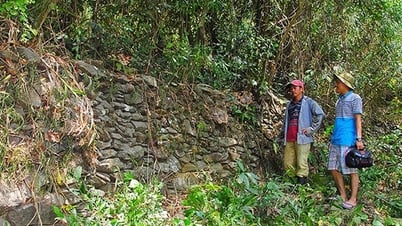
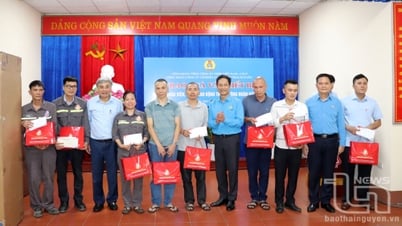

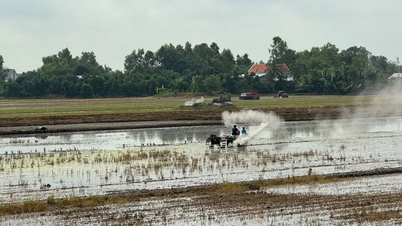

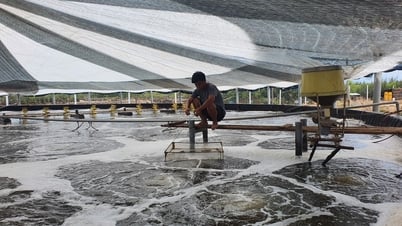

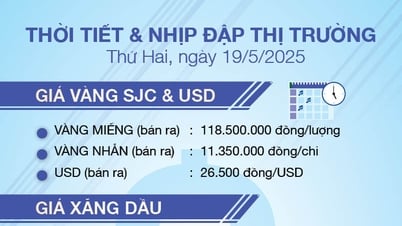




![[VIDEO] - Enhancing the value of Quang Nam OCOP products through trade connections](https://vphoto.vietnam.vn/thumb/402x226/vietnam/resource/IMAGE/2025/5/17/5be5b5fff1f14914986fad159097a677)







Comment (0)